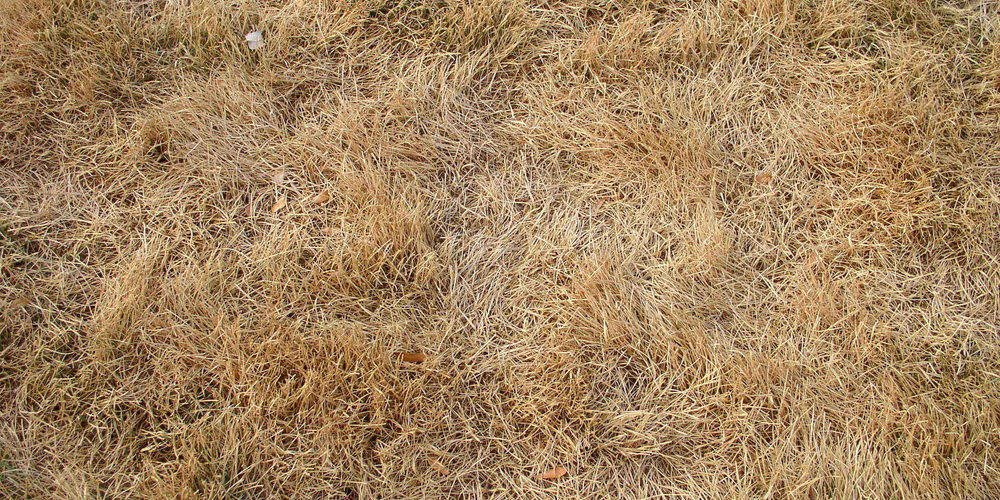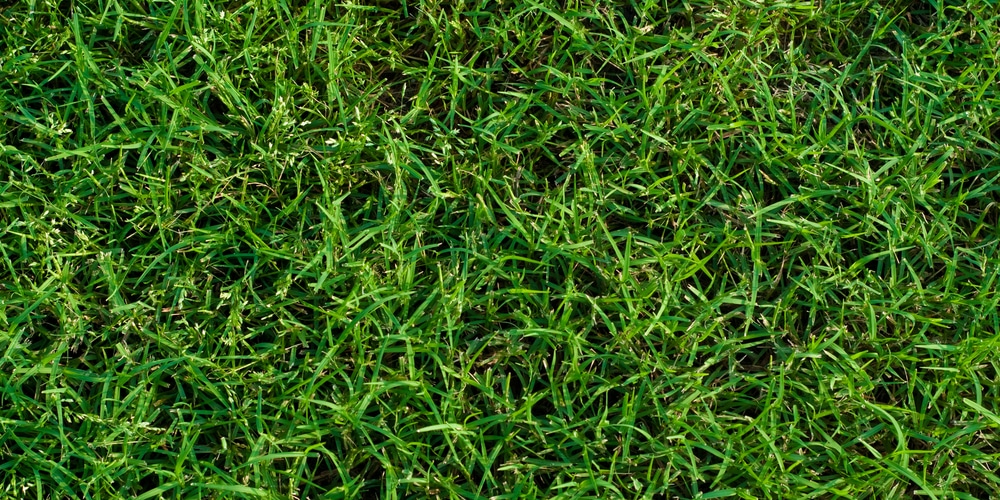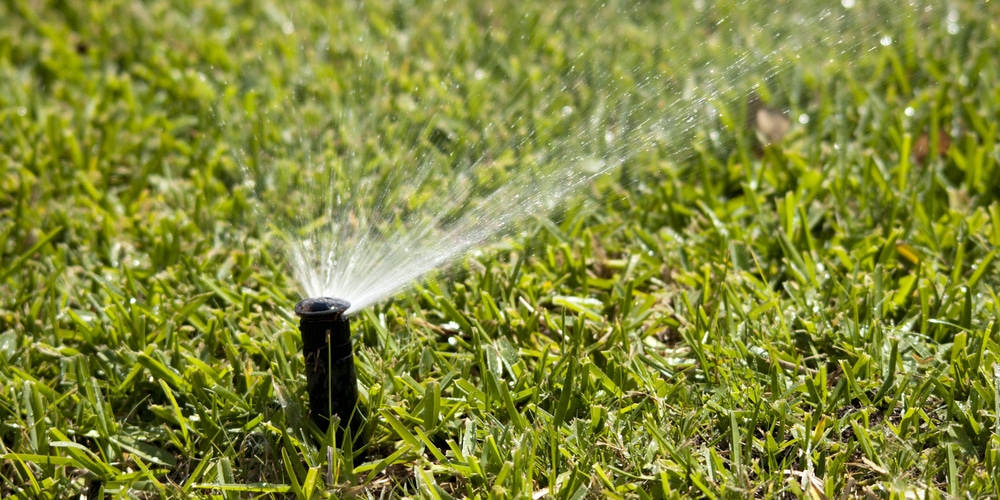Summer is when most outdoor memories are created. Hours of freedom, including cycling, light clothes, and bare feet on the beach sand, are exciting, and no one wants them to end. However, despite enjoying the sunshine and having fun, the high temperature affects your lawn. Dry-looking grass is a big concern to homeowners as it lacks its vibrancy due to too much heat. You may be wondering ‘what temperature does grass stop growing in summer?’
Apart from warming up the air, summer heat increases soil temperature. This is what greatly affects the growth of grass. While warm soil enables a chemical process for plant growth, water is lost rapidly through evaporation when it becomes hot. Plants do not get sufficient water, and their growth slows down. Grass cannot grow unless it has access to enough water and nutrients.
Unless you put the right measures in place, your grass will suffer from the scorching summer sun. The sun warms the topsoil and air and affects the growth and appearance of your home’s landscape. This affects cool-season grasses, but warm-season grasses do not stop thriving. Most landscapes have coo-grass species as they tend to well in most parts of the US throughout the year.
Cool-season Grass

Cool-season grass is affected by high temperatures and will not flourish once the heat becomes too much. It stops growing when the temperature goes over 90 degrees. It leads to dormancy and color changes from green to brown. Your lawn loses its aesthetic appeal, and the grass will eventually die unless you do something about it.
One of the ways to revive grass and restart growth is irrigation. By changing the soil’s temperature with water, the grass grows and thrives again. Temperatures will always have a big effect on your grass.
They will either fall dormant in extremely high or low temperatures or flourish when the temperature is right. Soil temperature between 50 and 65 degrees is the best for grass root growth, and shoot growth occurs when the temperature is between 60 and 75 degrees.
As the temperature rises to 77 degrees, cool-season grass root growth and root shoot cease. When it hits 90 degrees, your grass becomes dormant, and the surface turns into brown color. You can also use a soil thermometer to monitor your soil temperature because if it keeps increasing, the grass starts losing its life.
Warm-season grass
Warm-season grasses thrive in tropical regions and will still grow during summer in the US. These types of grass grow best in temperatures between 75 degrees and 90 degrees. However, during cool seasons such as late fall and winter, they become dormant and turn brown. They only regain their green color when the weather becomes warm.
How to take care of your grass during summer
If you have cool-season grass on your lawn, you should know how to take good care of it during summer. Cool-season grass species will turn yellowish and eventually brown in summer. To keep it look good, you should irrigate without overdoing it. Water your grass in the morning when the air is still cool.
Irrigating your grass when the soil is hot locks in heat; this is not good for the roots. It may also cause diseases such as the brown patch. Another mistake to avoid is keeping your lawn wet with light irrigation application throughout the day. It affects the canopy’s temperature, promotes diseases, and encourages weed growth.
Mowing your grass during summer
Mowing during summer is not a pleasant task. The high humidity and heat make working outdoors uncomfortable. But that shouldn’t make you skip mowing because it helps stimulate extra growth while reducing weeds. Just do not cut off more than a third of your grass in a single mowing to prevent damages on the turf.
What Temperature Does Grass Stop Growing In Summer: Final thoughts
During summer, it is possible to get tempted to water your grass more to keep it looking good. However, excessive irrigation can damage your turf by weakening roots and encouraging the growth of weeds.
Use fertilizer if your grass looks yellowish, and mow it regularly. This will ensure it keeps growing throughout summer. It will survive the highest temperatures, and your lawn won’t lose its beauty.
Related Article: Best Time of Year to Plant Grass

